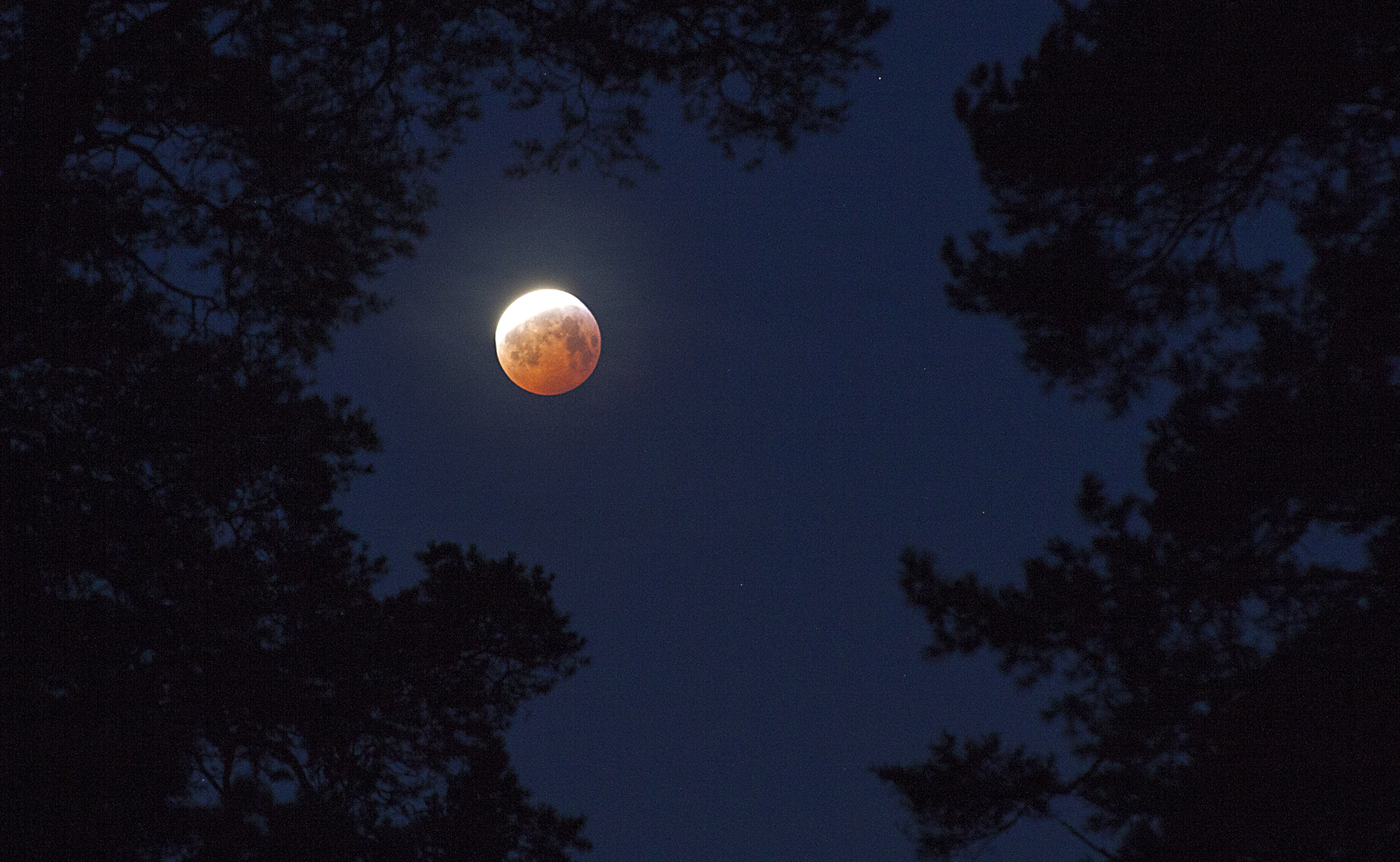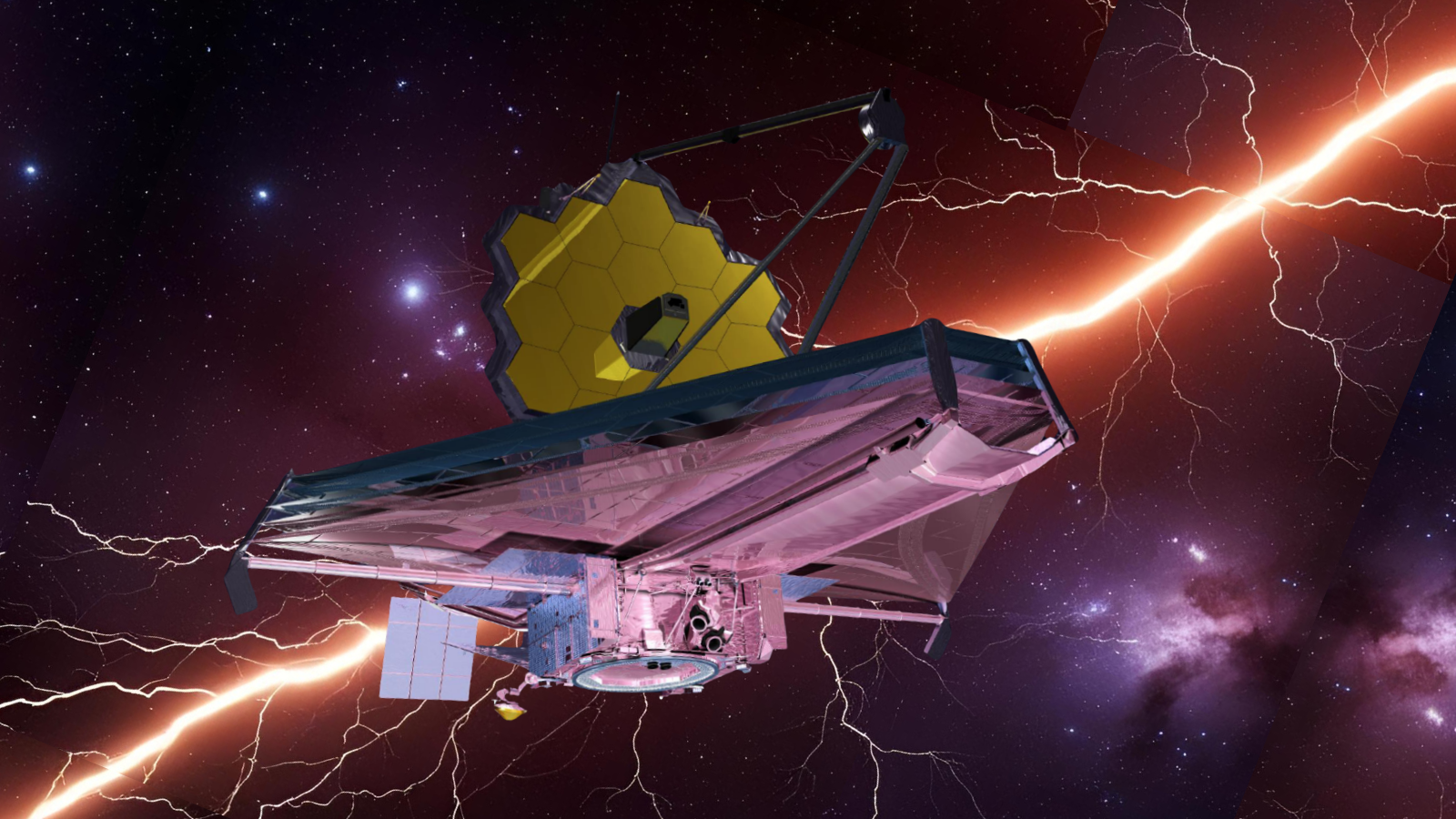Miss the 2019 Blood Moon? Here's When the Next One Will Occur
Skywatchers wowed by the spectacular "blood moon" eclipse Sunday (Jan. 20) are probably asking, "When do we get an encore?" While the moon won't turn red again for several years, there will be several partial lunar eclipses in 2019 and 2020. Some parts of the planet may also experience solar eclipses or a "transit" of the sun by the planet Mercury, which is also technically an eclipse.
Lunar eclipses occur when the moon passes into the Earth's shadow. If our natural satellite goes fully into the deepest part of the shadow, the moon turns red, because the only light reaching it is red light from the edges of Earth's sphere. During partial lunar eclipses, a black shadow appears on the face of the moon.
Once every 19 years, there's a long gap between total lunar eclipses; this occurs because of the geometry of the positions of the Earth, sun and moon. This means that the next total lunar eclipse won't happen until 2021. But there will be several other eclipses before then. [Amazing Photos of the Super Blood Wolf Moon of 2019!]
The only other lunar eclipse of 2019 will take place on July 16, but North America will miss out on the show. This will be a partial eclipse, visible in South America, Europe, Africa, Asia and Australia, according to NASA's website. Coincidentally, July 16 will also mark the 50th anniversary of the launch of Apollo 11, the first crewed mission to land on the moon.
Then, 2020 will see four penumbral eclipses. The term "penumbral" refers to a situation in which the moon just skirts into the lightest part of the Earth's shadow, meaning the eclipse is just barely visible. The first pair of these eclipses (on Jan. 10, 2020, and June 5, 2020) will be visible in Europe, Africa, Asia and Australia.
North and South America will see a penumbral eclipse on July 5, 2020, as will Europe and Africa. Then, on Nov. 30, 2020, North and South America will see the last penumbral eclipse of the year, as will Asia, Australia and the Pacific region.
The long wait for another total blood moon eclipse will finally end on May 26, 2021, when Asia, Australia and the Pacific will get a beautiful view, according to another NASA web page. That eclipse will happen at moonset in the Americas, so there won't be very much to see there.
Breaking space news, the latest updates on rocket launches, skywatching events and more!
North and South America will finally see a blood moon again on May 16, 2022 (as will Europe and Africa). Helping to make up for the long wait, these regions will get a partial lunar eclipse a few months earlier, on Nov. 19, 2021. Australia and Asia will also see the partial eclipse.
Of course, lunar eclipses aren't the only celestial shows in the next few years. We'll also see solar eclipses, which occur when the moon passes in front of the sun from the Earth's perspective. NASA's website lists several occurring in the coming two years; make sure to use specially designed solar-eclipse glasses to view the show.
There will be a total solar eclipse on July 2 this year in the south Pacific, Chile and Argentina; regions nearby may experience partial solar eclipses, depending on the location. A "ring of fire" annular eclipse — which happens when the moon doesn't quite cover the entire sun, leaving a ring around the edges — will take place on Dec. 26 this year in Saudi Arabia, India, Sumatra and Borneo.
A pair of solar eclipses will occur in 2020, too. On June 21, 2020, an annular one will happen in central Africa, South Asia, China and the Pacific. Then, on Dec. 14, 2020, a total solar eclipse will happen in the south Pacific, Chile, Argentina and the south Atlantic. (The United States, which experienced a total solar eclipse in 2017, will get another total one in 2024.)
The planet Mercury will pass directly across the sun (from Earth's perspective) on Nov. 11, 2019, as it does about 16 or 17 times a century. Unlike a solar eclipse, a transit takes several hours. But you will need special equipment to shield your eyes from the sun if you want to watch this planetary journey.
Editor's Note: This article has been corrected to reflect that the upcoming total solar eclipse across the United States is in 2024, not 2023, and that the partial eclipse in 2021 is a lunar eclipse.
Follow us on Twitter @Spacedotcom and on Facebook. Original article on Space.com.

Elizabeth Howell (she/her), Ph.D., was a staff writer in the spaceflight channel between 2022 and 2024 specializing in Canadian space news. She was contributing writer for Space.com for 10 years from 2012 to 2024. Elizabeth's reporting includes multiple exclusives with the White House, leading world coverage about a lost-and-found space tomato on the International Space Station, witnessing five human spaceflight launches on two continents, flying parabolic, working inside a spacesuit, and participating in a simulated Mars mission. Her latest book, "Why Am I Taller?" (ECW Press, 2022) is co-written with astronaut Dave Williams.

